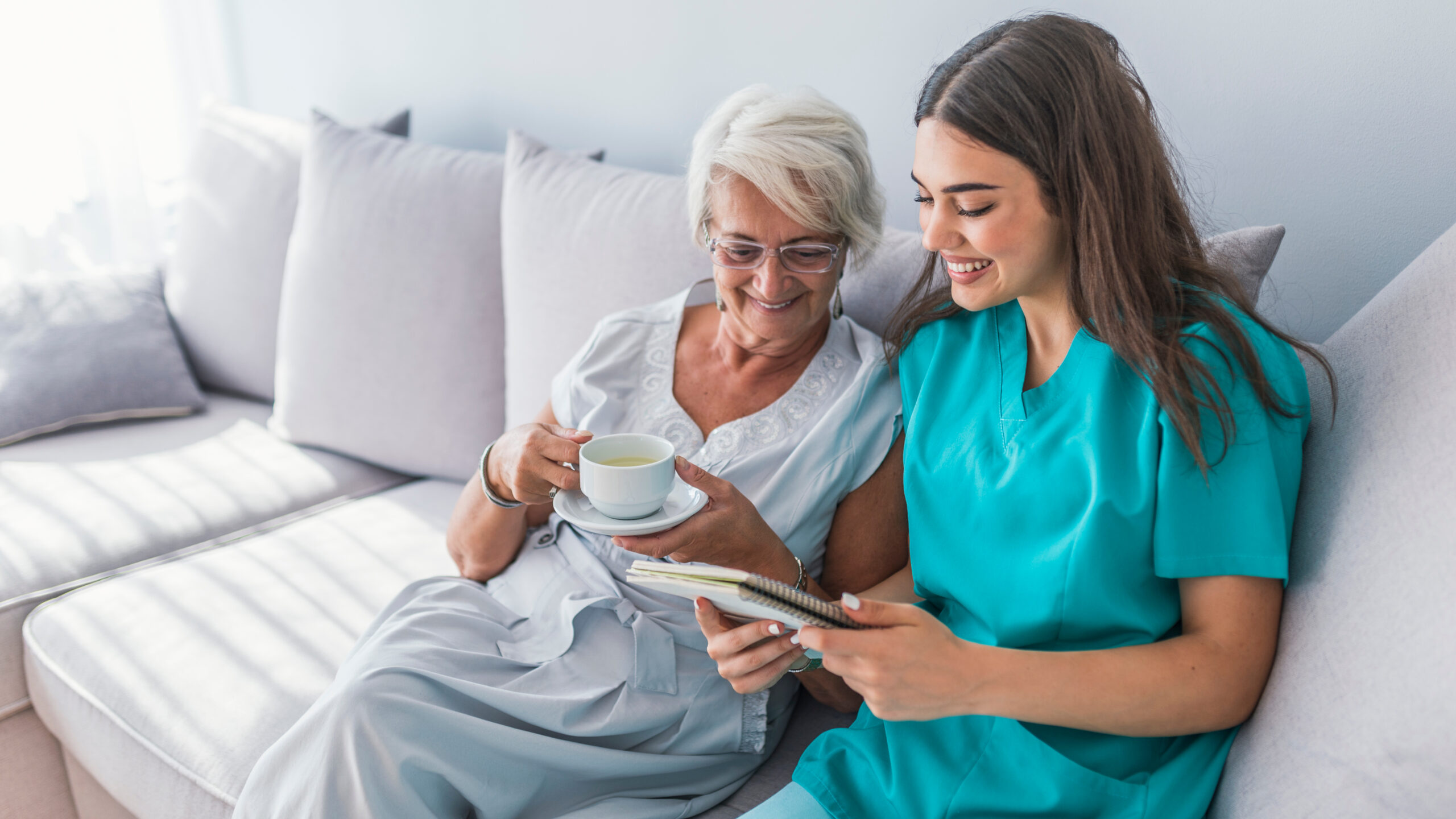How to Provide the Best Care for Seniors Aging in Place
in the Comfort of Their Own Homes
As we age, completing everyday tasks independently can become more difficult. Living in a care facility may not be the best option for some seniors. In these cases, in-home health care can be a great alternative. Advantage Home Care offers various services to help seniors live comfortably in their homes.Top 5 tips for caregivers to provide the best possible in-home health care:
- Establish a Routine. As a caregiver, it’s important to establish a routine with the person you are caring for. A routine will help them feel more comfortable and secure in their home. You should establish a routine for meals, medication, and daily activities. This will help the person you care for feel more in control of their everyday life.
- Create a Safe Environment. It’s essential to ensure the person you care for is safe in their home. Making the home safe includes removing potential tripping hazards, ensuring the home is well-lit, and securing loose rugs or carpets. If necessary, you may need to install safety equipment, such as grab bars or a shower chair.
- Be Patient and Understanding. As a caregiver, it’s necessary to be patient and understanding. Remember that the person you are caring for may be dealing with physical or cognitive limitations, which can be frustrating for them. It’s important to listen to their needs and concerns and provide emotional support when necessary.
- Keep Records. Keeping records of medications, appointments, and any changes in the person’s condition is vital for ensuring they receive the best care possible. You should keep a daily log of any medications given and any changes in their physical or mental state. This information can be helpful for doctors and other healthcare professionals.
- Understand the Range of In-Home Health Care Services. Advantage Home Care offers various services to help seniors live comfortably in their homes. These services include meal preparation, medication management, transportation to appointments, and more. You might have been hired to provide a specific service but over time your clients’ needs change. Being aware of other resources and services available that can further support the person you are caring.
If you are looking for a career as an in-home health caregiver, check out the locations we support and contact Advantage Home Care or find out how to apply online.
